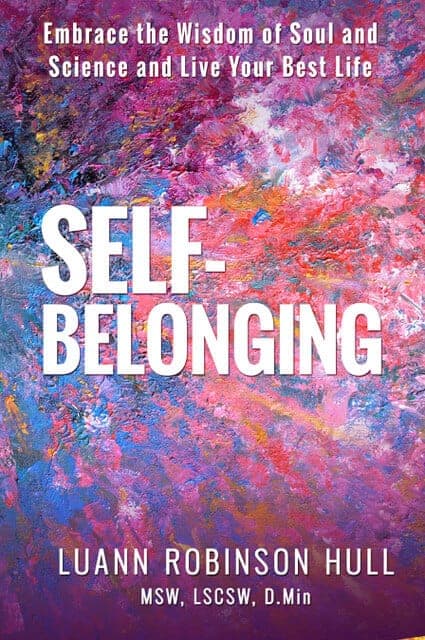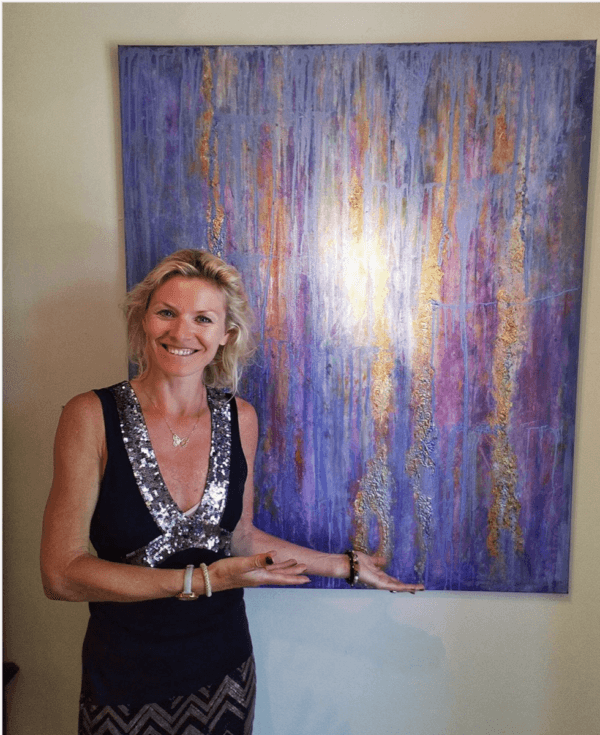
Childhood works
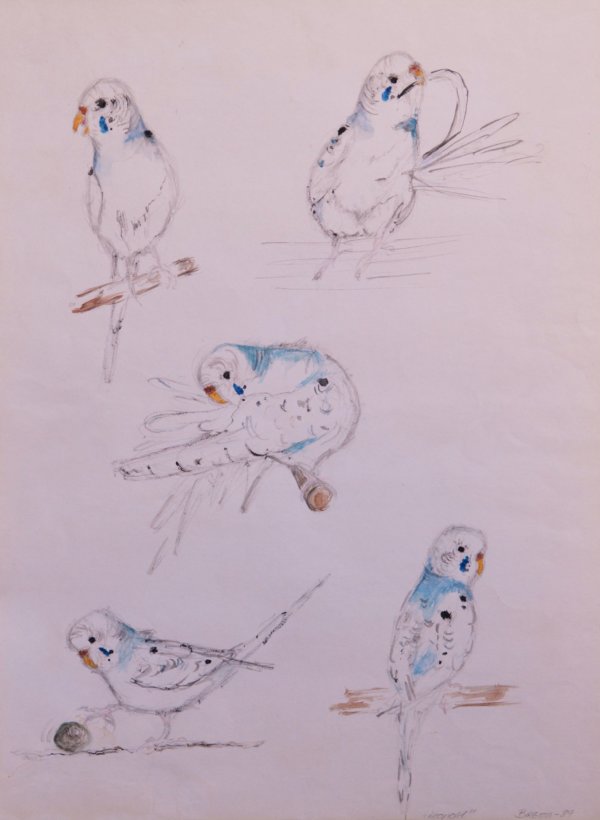
Leopold, made at age 15
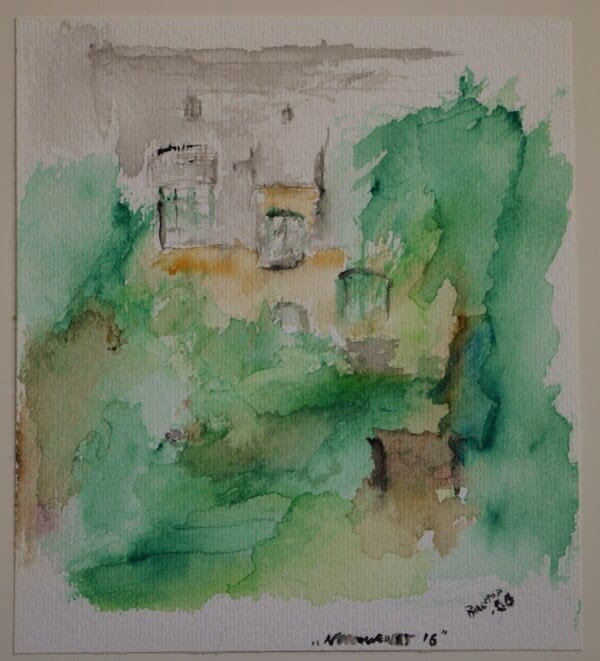
Nørrvænget 16, Watercoloring made at age 13
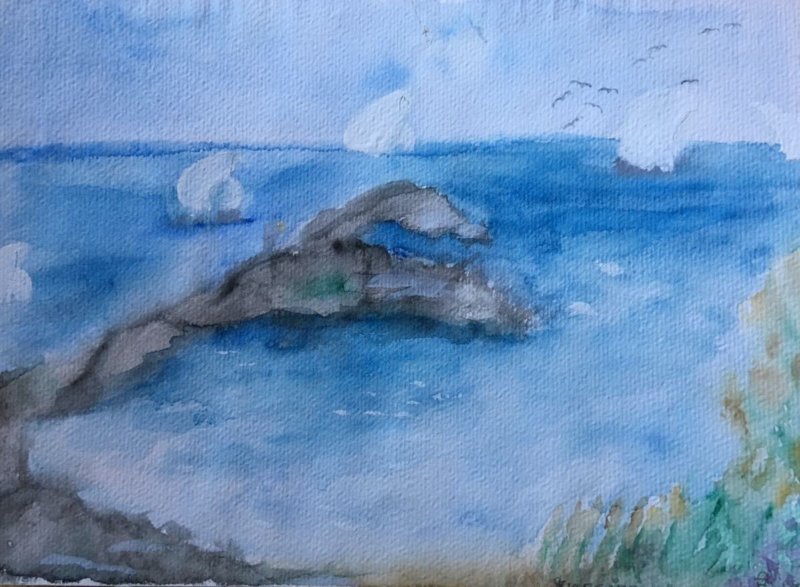
At the sea side, Sandefjord, at age 16
Smelling colors
Some people ‘smell” colors, some people hear sounds when looking at colors, some people always “see” Monday as yellow, Tuesday as pink etc and others always “see” the letter A as dark blue and B as light mint etc. These are just examples. Some people actually also SMELL colors!
Music from summer`s exhibit 2019

Thank you, (Music: Bach Prelude in C)
Bach’s Fuga no 5 and watercoloring-synesthesia Tuesday in the Hills
Finally, a creative workshop with Christopher O’Riley, RADIOHEAD-pianist, concert pianist and NPR-host («From the Top») on a regular Tuesday afternoon. A Little 15-minute splash. Bach Fuga no 5 seemed more magenta than anticipated.
Christopher’s own words;
A long-awaited impromptu collaboration with synesthetic painter friend, Birgitta Strobel. We talked a lot about her very thorough Classical training, in dance and violin, and how she has retained her passion for music with her inherent gift of seeing colors and auras around music. I chose the DM Fugue from Book II for her to paint to for its learned four-voice texture transcending through its celestial bells tolling the cascading stretti.
Hope we do it again soon!

Photo: Nigel Louis Daniel
WOMEN GROWING UP WITH SEVERAL LANGUAGES
Usually a person with this ability has had it all life, and it seems to be most commonly found among artists, writers, filmmakers, photographers, mathematicians and musicians.
Studies have found some factors such as a childhood with 2-3 languages spoken at home and early music training/education are common among “syns”.
The common ratio is known to be 1 in 1000.
Also, more women than men AND left handed persons seem to have the brain sending off extra feedback-signals between the right and the left side of the brain, inducing this state of extra sensory experience.
Usually, this sensitivity are found in several family-members, but it can skip some generations and suddenly “be there”.
It has NOTHING to do with medication, drug nor alcohol. Hallucinations due to either opiats or an accident/trauma to the head, may cause this experience, but these are temporary.
Illustrating two book covers April 2020 in the USA
What is synesthesia?
Source: ”Neuroscience for kids”http://faculty.washington.edu/chudler/syne.html
Synesthesia is a condition in which one sense (for example, hearing) is simultaneously perceived as if by one or more additional senses such as sight. Another form of synesthesia joins objects such as letters, shapes, numbers or people’s names with a sensory perception such as smell, color or flavor. The word synesthesia comes from two Greek words, syn (together) and aisthesis (perception). Therefore, synesthesia literally means “joined perception.
Although there is no officially established method of diagnosing synesthesia, some guidelines have been developed by Richard Cytowic, MD, a leading synesthesia researcher. Not everyone agrees on these standards, but they provide a starting point for diagnosis. According to Cytowic, synesthetic perceptions are:
Involuntary: synesthetes do not actively think about their perceptions; they just happen. Projected: rather than experiencing something in the “mind’s eye,” as might happen when you are asked to imagine a color, a synesthete often actually sees a color projected outside of the body.
Durable and generic: the perception must be the same every time; for example, if you taste chocolate when you hear Beethoven’s Violin Concerto, you must always taste chocolate when you hear it; also, the perception must be generic — that is, you may see colors or lines or shapes in response to a certain smell, but you would not see something complex such as a room with people and furniture and pictures on the wall.
Memorable: often, the secondary synesthetic perception is remembered better than the primary perception; for example, a synesthete who always associates the color purple with the name “Laura” will often remember that a woman’s name is purple rather than actually remembering “Laura.”
Emotional: the perceptions may cause emotional reactions such as pleasurable feelings.
Estimates for the number of people with synesthesia range from 1 in 200 to 1 in 100,000. There are probably many people who have the condition but do not realize what it is.
Synesthetes tend to be:
Women: in the U.S., studies show that three times as many women as men have synesthesia; in the U.K., eight times as many women have been reported to have it. The reason for this difference is not known.
Neurologically normal: synesthetes are of normal (or above average) intelligence.
In the same family: synesthesia appears to be inherited in some fashion; it seems to be a dominant trait and it may be on the X-chromosome.
Some celebrated people who may have had synesthesia include:
Vasily Kandinsky (painter, 1866-1944)
Olivier Messiaen (composer, 1908-1992)
Charles Baudelaire (poet, 1821-1867)
Franz Liszt (composer, 1811-1886)
Arthur Rimbaud (poet, 1854-1891)
Press

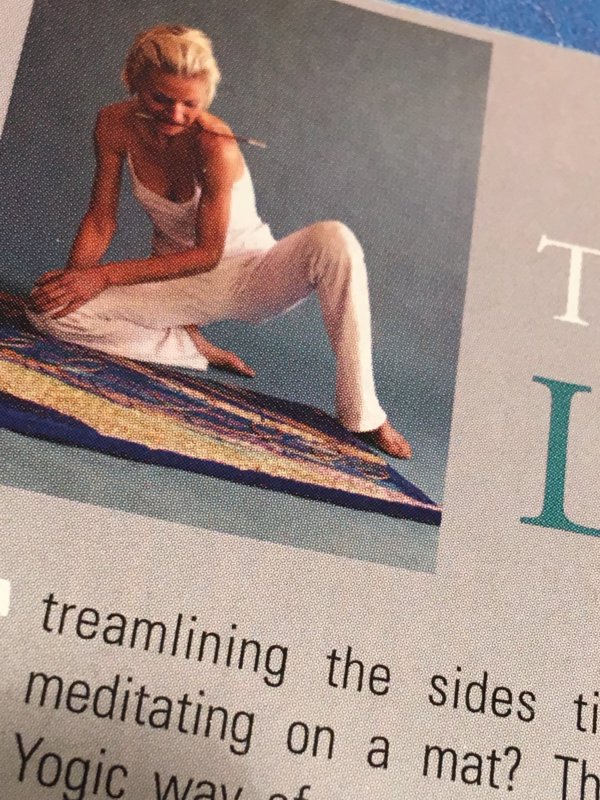

GERMAN WORLD MAGAZINE, Los Angeles 2006


